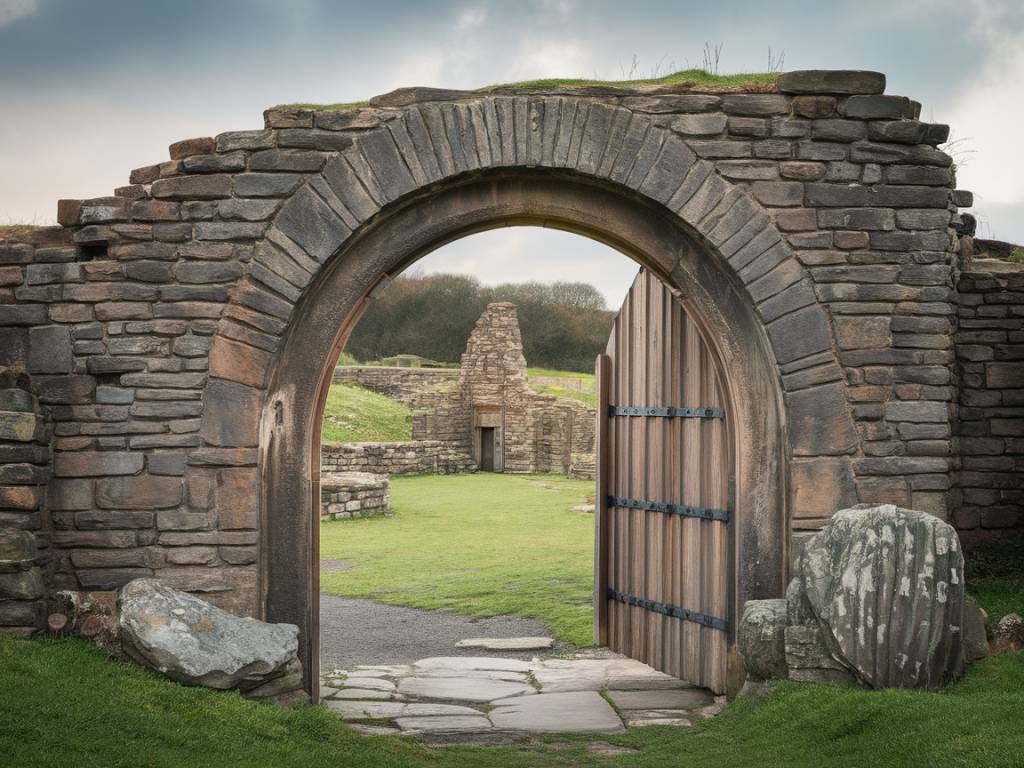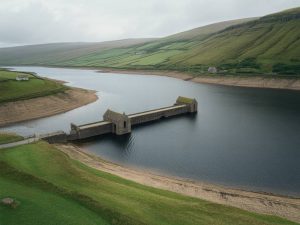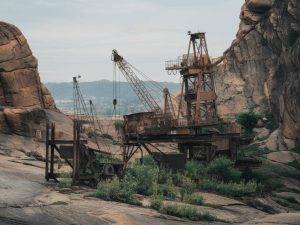Roman ruins of Wales and their untold stories

Roman ruins of Wales and their untold stories
Wales, with its rolling hills, rugged coastlines, and tales of dragons, is rightly famed for its rich cultural tapestry. Yet, beneath the bucolic landscapes and charming villages lies another layer of history just waiting to be uncovered—one of Roman ruins, forgotten fortifications, and ancient highways. These remnants tell extraordinary stories of life during the Roman occupation of Wales, tales that still profoundly shape the land and its people today. So grab a steaming cup of tea (or perhaps a Welsh cake or two), and let’s explore the untold stories of Wales’ Roman past.
The Roman Arrival: More than Just Conquest
When the Romans arrived on Welsh soil in AD 43, they weren’t just military conquerors; they were also masterful engineers, traders, and cultural influencers. They incorporated Wales into their empire not as a mere afterthought, but as a critical outpost blending military strategy with extractive industries like mining. Gold, lead, copper, and silver were some of the treasures Wales offered the Roman Empire, all extracted from its rugged terrain.
The legacy of the Roman presence can still be felt today. Much of Wales’ modern road network stems directly from the vast grid of Roman highways that crisscrossed the country. A gleaming example is Sarn Helen, a Roman road that once stretched from Brisbane Gaer to Carmarthen, cutting through valleys and highlands. Imagine the soldiers, traders, and messengers who would have traveled this route, carrying not just weapons, but also stories, ideas, and goods that left an indelible mark on Welsh life.
Life at the Frontier: The Fortresses of Wales
If you want a window into Roman military life, look no further than Caerleon, a fortress whose Latin name, Isca Augusta, still rings with authority. Situated near Newport, this Roman settlement was one of only three permanent legionary fortresses in Britain. Complete with barracks, bathhouses, and an amphitheater, it served as a hub for thousands of soldiers maintaining order in this frontier region.
Perhaps the most captivating feature of Caerleon is the amphitheater, nicknamed the “Roman Stonehenge of Wales.” Once teeming with crowds gathered to watch gladiatorial combat, it now serves as an evocative reminder of civic and military life. Stand in its quiet, grassy arena and you can almost hear the echoes of cheering spectators as wooden swords clashed and proud legionaries performed their drills.
Similarly, the Roman fort Segontium, located in Caernarfon, served not only as a stronghold near the coast but also played an essential role in safeguarding access to the valuable Anglesey mines. What stories could these weathered stones tell? Was Segontium the scene of a daring raid, a quiet desertion, or murmurs of rebellion against Roman rule? Their silence leaves just enough room for the imagination to run wild.
The Ghosts of Venta Silurum: Civilian Life in Roman Wales
Military ruins tend to dominate the narrative when discussing the Romans in Wales. However, life wasn’t all about legions and fortresses. For a glimpse into civilian life, we turn to Venta Silurum—the remains of a once-thriving Roman town near modern-day Caerwent.
What’s fascinating about Venta Silurum is its beautifully preserved town walls, some of the best in Britain. These walls, originally nine feet tall, remain a powerful reminder of how the Romans protected their urban centers. But take a walk around the site, and you’ll find traces of a bustling marketplace, villas with underfloor heating, and a basilica that suggests Venta Silurum was more than just a provincial backwater. Think of it as an ancient Cardiff or Swansea—teeming with life, gossip, and flavors from across the Empire.
While exploring Caerwent, visitors often stumble upon something unexpected: sections of mosaics that hint at a surprising level of sophistication. It forces one to wonder—what was it like to sit in a richly adorned townhouse, warmed by a hypocaust, while discussing the latest shipments from Rome? And even more tantalizingly, how did this Romanized lifestyle influence local traditions?
The Shadows of Rebellion: The Story of Boudica’s Echoes in Wales
The Roman presence in Wales was far from uncontested. One of the most gripping untold stories is that of local rebellion and resistance. The Roman conquest of Wales wasn’t achieved overnight—it took nearly 30 years to subdue the fiercely independent tribes of the region.
Foremost among these tribes were the Silures, who lived in the southeast of Wales. Known for their fierce resistance, the Silures launched several skirmishes against the Romans. What’s most astonishing, however, is how their leader, Caractacus (or Caradog, as he is known in Welsh), became a symbol of defiance. Captured and paraded through Rome in captivity, Caractacus reportedly delivered a speech so dignified and moving that he and his family were eventually pardoned by Emperor Claudius himself.
Though the Romans suppressed rebellion, these stories of defiance endure in Welsh folklore. They remind us that the Roman occupation, while influential, could never fully erase the independent spirit of the Welsh people.
The Culinary Footprint: Eating Like a Roman in Wales
What did the Romans bring to Welsh tables? The answer might surprise you. Though native cuisine still played a significant role, the Romans introduced new ingredients and cooking techniques that transformed local gastronomy.
Under Roman rule, wine became more accessible, and olive oil found its way into kitchens alongside herbs like thyme and basil. The Romans also introduced orchards, planting apple, cherry, and pear trees, some of which can be considered the ancestors of Wales’ renowned cider-making tradition.
If you’d like to get a taste of Roman Wales today, why not experiment with a dish inspired by this culinary fusion? Spelt bread, paired with a drizzle of honey and slices of locally sourced lamb, bridges the ancient and modern in a way no history book ever could. Fancy something sweeter? Roman-style baked pears, seasoned with a pinch of cinnamon and a splash of wine, might delight even the most discerning palate.
Exploring the Ruins Today
Thankfully, many Roman sites in Wales are preserved and open to visitors. Whether you’re a history buff or just looking for a family day out, they offer an immersive step back in time. Some of the must-visit sites include:
- Caerleon Roman Fortress and Baths: Perfect for uncovering the everyday lives of Roman soldiers. Don’t miss the museum exhibits that display everything from weaponry to delicate jewelry.
- Segontium Roman Fort: Explore this quieter site for a sense of Roman coastal strategy in the north.
- Venta Silurum (Caerwent): A paradise for history enthusiasts who enjoy walking amongst crumbling mosaics and ancient walls.
- Dolaucothi Gold Mines: Located in Carmarthenshire, these mines vividly demonstrate how integral Wales was to the Roman Empire’s desire for wealth and resources.
Each site reveals not just the bones of Roman occupation, but also the heart—the stories of ordinary people living extraordinary lives at the edges of an empire.
Living with the Legacy
As you wander through these ruins, there’s a sense that the past never truly fades; it lingers like a whisper in the wind. Roman Wales serves as a powerful reminder of the layers of history beneath our feet—layers woven into everything from our roads and place names to our food and folklore.
So the next time you stroll through the Welsh countryside or share a meal with loved ones, consider this: how many untold stories from two millennia ago linger in the wild beauty of Wales’ landscapes? These Roman ruins are not just relics; they are threads linking us to a shared, endlessly complex past.





